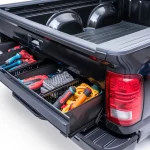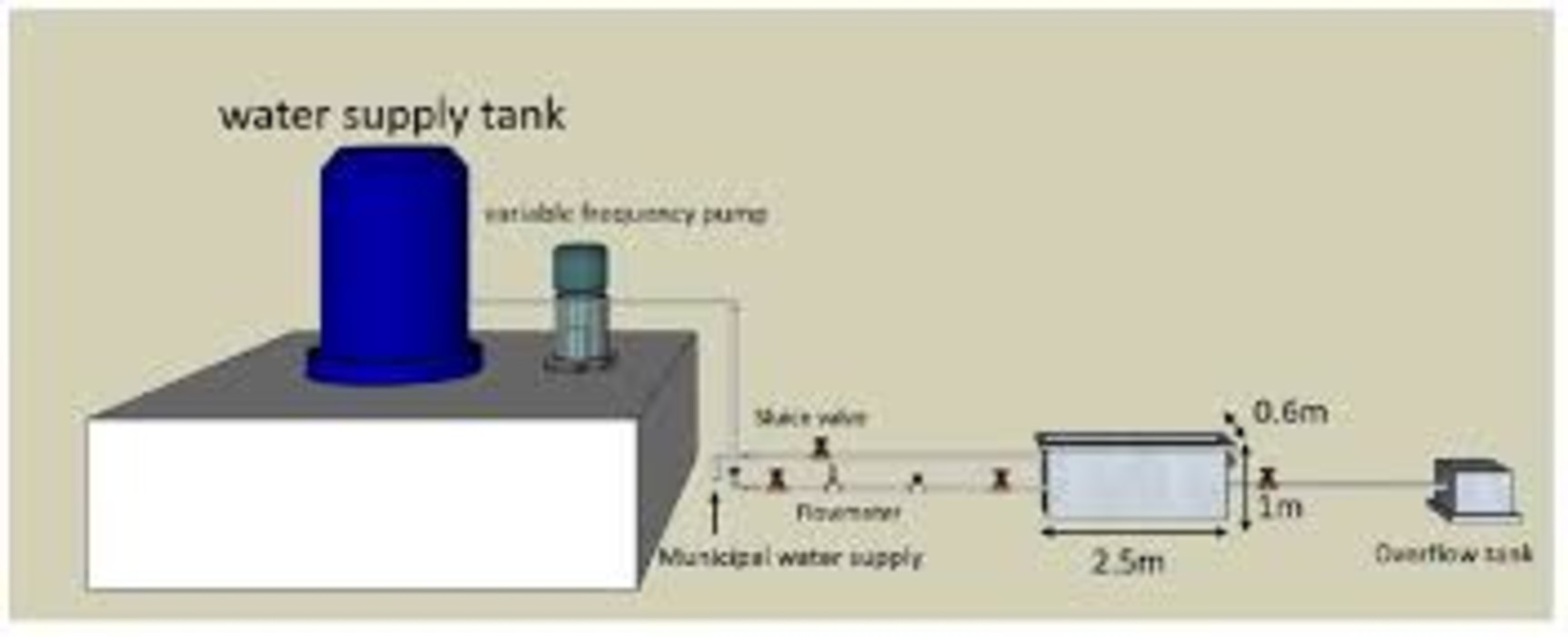Orifice Size Water,Have you ever wondered why the water flow from your kitchen faucet changes when you adjust the nozzle or why sprinkler systems have different spray patterns? All these seemingly simple phenomena are rooted in the mysteries of orifice size and water flow. In this guide, we will unravel these mysteries by exploring how the size of an orifice directly impacts the flow of water, why it matters, and how engineers use this knowledge in practical applications.
Understanding the relationship between orifice size and water flow isn’t just for engineers; it’s something that affects everyday life, from saving water in your home to improving irrigation systems. So, let’s dive into the world of fluid dynamics and uncover how something as small as an orifice can make a huge difference!
Basic Principles of Fluid Dynamics Orifice Size Water
Before we get into the nitty-gritty of orifices, it’s important to understand the basics of fluid dynamics. Fluid dynamics is the study of how liquids (like water) and gases move. When a fluid passes through an opening (in our case, an orifice), its speed, pressure, and volume are influenced by several factors.
How Water Flows Through an Orifice
When water flows through an orifice, the speed at which it exits is dictated by the size of the opening and the pressure pushing it through. The larger the orifice, the more water can flow through it at a given time, while a smaller orifice restricts the flow.Orifice Size Water
The Relationship Between Pressure and Flow Rate
There’s a clear relationship between pressure and flow rate. Higher pressure forces water through an orifice faster, while lower pressure results in a slower flow. However, the size of the orifice can either enhance or restrict this effect. A small orifice with high pressure might not release as much water as a large orifice with lower pressure.Orifice Size Water
What Is an Orifice?
An orifice is simply an opening or hole through which fluid can pass. It’s a critical component in various fluid systems and can be found in devices ranging from faucets to industrial equipment.Orifice Size Water
Common Applications in Everyday Life
You’ll find orifices in your kitchen faucet, showerhead, garden hose, and even in your car’s fuel injector. Each of these orifices is carefully designed to control the flow of liquids efficiently.Orifice Size Water
Orifice Size and Water Flow Explained
The size of the orifice is the most crucial factor determining water flow. Larger orifices allow more water to pass through, while smaller ones restrict the flow. But why does this happen?Orifice Size Water
The Science Behind Smaller vs. Larger Orifices
In simple terms, a larger opening means less restriction, allowing more water to flow through at once. On the other hand, smaller openings force water to pass through a tighter space, reducing the flow. This is why a showerhead with smaller holes can produce a gentle spray, while one with larger holes might feel more forceful.Orifice Size Water
Factors That Affect Water Flow
There are a variety of factors that influence how water flows through an orifice. Let’s explore some of the most significant ones.Orifice Size Water
Pressure Differences
As we touched on earlier, pressure plays a huge role in water flow. The higher the pressure behind the water, the faster and more forcefully it will exit the orifice.Orifice Size Water
Gravity’s Role in Water Flow
Gravity also affects how water flows. In systems like fountains or irrigation sprinklers, gravity can pull water down faster, increasing the flow rate through an orifice positioned lower than the water source.
Friction and Flow Resistance
Water doesn’t flow freely through orifices without encountering resistance. Friction between the water and the sides of the orifice can slow down the flow, particularly in long or narrow openings.Orifice Size Water
Understanding the Continuity Equation
In fluid mechanics, the continuity equation states that the amount of fluid passing through an orifice is constant, provided there is no leakage. This equation is key to understanding how orifice size affects flow.
What the Continuity Equation Is
The equation essentially means that when the cross-sectional area of the orifice decreases, the velocity of the water must increase to maintain the same flow rate.
Its Relevance to Orifice Size and Flow
By manipulating orifice size, engineers can control both the speed and volume of water flowing through a system, allowing for precision in design.
The Bernoulli Principle
The Bernoulli principle is another key concept in fluid dynamics. It describes how an increase in the speed of a fluid results in a decrease in pressure. This principle directly relates to how water behaves when flowing through an orifice.
Explanation of the Bernoulli Principle
In the case of orifices, as water is forced through a smaller opening, its velocity increases, and its pressure decreases. This is why water tends to shoot out faster from a small nozzle than from a large one.
How It Relates to Orifice and Water Flow
The Bernoulli principle helps explain why water pressure seems to drop when it’s forced through smaller orifices. Despite the lower pressure, the speed of the water increases to maintain flow.
Types of Orifices
Orifices come in various shapes and sizes, each designed for specific purposes.
Circular vs. Non-Circular Orifices
Circular orifices are the most common, but non-circular ones, like square or triangular openings, are used in specialized applications where different flow characteristics are needed.
Sharp-Edged Orifices and Their Impact on Flow
Sharp-edged orifices reduce the friction between water and the opening, allowing for faster, more efficient flow. These are often used in hydraulic systems for precision control.
Applications of Orifices in Engineering
Orifices play a critical role in engineering, especially in hydraulic and pneumatic systems.
Orifices in Hydraulic Systems
In hydraulic systems, orifices help control the speed and direction of fluid, making them essential in heavy machinery and automotive systems.
Orifice Plates in Measuring Devices
Orifice plates are used to measure fluid flow rates in systems by analyzing the difference in pressure across the orifice.
Effects of Orifice Geometry
The geometry of an orifice significantly impacts water flow.
Impact of Shape on Flow Rate
A round orifice might allow water to flow in a straight line, while a square or triangular one can create turbulence, reducing flow efficiency.
Why Engineers Design Specific Orifice Geometries
Engineers choose specific geometries based on the required flow rate, pressure, and system needs. Sometimes, non-circular orifices are used to create a more controlled or turbulent flow for specialized systems.
Practical Examples of Orifice Size Impacting Flow
Let’s look at some real-life examples of how orifice size impacts water flow.
Kitchen Faucets
Modern faucets often have adjustable orifices that allow users to control water flow, conserving water without sacrificing performance.
Sprinkler Systems
In sprinkler systems, the size of the orifices controls the water distribution, ensuring even coverage of large areas.
Industrial Piping
In industrial systems, orifice plates are used to regulate flow rates and pressures within pipes, ensuring efficient operation.
Calculating Water Flow Through an Orifice
For those who love math, calculating water flow through an orifice involves several factors.
Formulas and Factors Needed for Calculation
The most common formula is Q = CA(2gH)^0.5, where:
- Q = flow rate
- C = discharge coefficient
- A = area of the orifice
- g = gravitational acceleration
- H = height of water column
Example Problem With Step-by-Step Breakdown
Let’s say you have a round orifice with a 0.02-meter diameter and a water column height of 1 meter. Plugging the numbers into the formula will give you the flow rate.
The Role of Orifices in Water Conservation
Orifices play a major role in water conservation efforts by limiting flow while maintaining efficiency.
Using Smaller Orifices to Save Water
Low-flow faucets and showerheads use smaller orifices to reduce water usage without reducing user satisfaction.
Orifices in Low-Flow Showerheads and Faucets
These orifices are carefully designed to balance flow and pressure, allowing for a comfortable shower while using significantly less water.
Troubleshooting Common Orifice Problems
Orifices are not without their issues. Clogs and leaks can cause problems in any system.
Clogged Orifices
Clogs often occur due to sediment buildup, which restricts water flow. Cleaning or replacing the orifice can solve this problem.
Leaks and Improper Water Flow
Improperly sized or worn-out orifices can cause leaks or inefficient water flow. In such cases, replacing the orifice or adjusting the pressure can fix the issue.
Conclusion
Understanding the mysteries of orifice size and water flow can greatly improve your ability to manage water systems, whether in your home or in complex industrial applications. By mastering the principles of fluid dynamics, you can make smarter decisions about water usage, conservation, and efficiency. So next time you adjust your faucet or install a sprinkler system, remember that something as small as an orifice can make all the difference.











